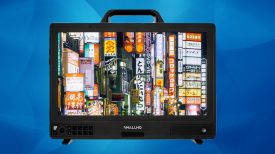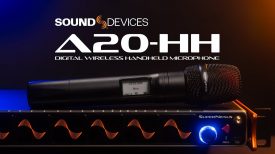The FE 28-135mm f4 G power zoom lens was Sony’s attempt to create a reasonably priced all-in-one E-mount video lens for their FS line of cameras. It was originally sold in a kit with the FS7 but is now available on its own.
The big problem with the 28-135mm is that it just isn’t wide enough for run-and-gun work when used on Super35 sized sensors, something that many operators have discovered to their cost. The modest f/4 aperture also limits its usefulness on the FS7, FS5 and FS700.
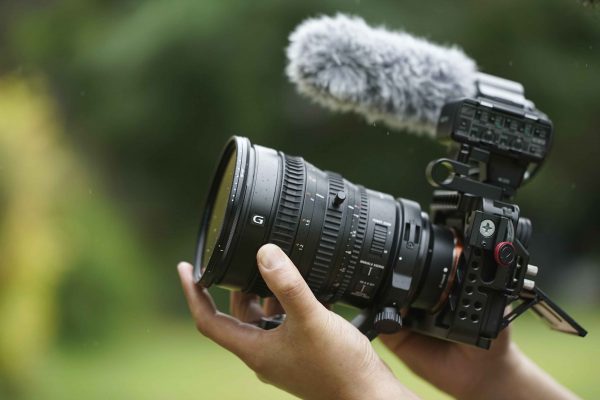
That isn’t the end of the story though. Being an FE lens it also covers the full-frame sensor of the a7S and a7SII. Combined with these cameras it has a much better range and handles quite well for handheld work. The amazing low light capabilities of these cameras mean that an f/4 lens is viable in all but the darkest of situations. The lens has several other limitations such as the laggy fly-by-wire zoom servo and the lack of real close focusing, but for the price there is little else to touch it. I bought one several months ago and have been quite happy with it apart from one big thing.
The biggest hurdle facing anyone wanting to use the 28-135mm on the a7 range is its whopping 95mm front filter thread size. There have been few options for variable ND filters in that size apart from a couple from unfamiliar Chinese brands and the lovely, but expensive Tiffen Rota Pola in a matte box.
Some users, myself included, have been using an 86mm variable ND filter and a 95-86mm step down ring. This works OK for video, but I would prefer a better solution that isn’t as fiddly.
At the BVE show earlier in the year I stumbled across Schneider’s 95mm ND Vario 1-5 Stops MRC Nano filter. It’s been around for a while but I hadn’t actually seen it. This is a really high quality variable ND filter designed to be used with Schneider’s own Xenon cine lenses. It isn’t cheap, at around $470 US, but the moment I saw it I wanted to test it out on my 28-135mm. Could this be the solution I had been looking for?
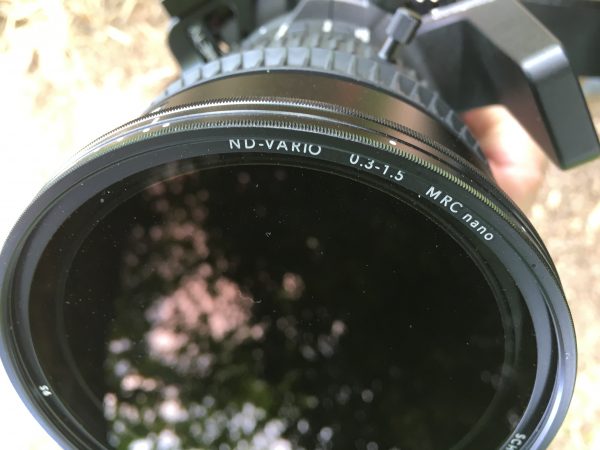
Unlike some other variable ND filters the Schneider only has a limited four stop range of exposure reduction. I’ve been told that this conservative range is to guarantee the image quality. Because a variable ND is comprised of two polarising filters you get an uneven darkening of parts of the frame as the strength of the filter increases – known as the extinction cross effect. With the Schneider’s smaller range this effect is much less evident, unlike almost all other variable ND filters I’ve used.
Schneider sent me a loan filter for review and I set about testing it in different situations on my 28-135mm and a7S II. I wanted to see if the image quality was as good as the price suggests, and if I could live with the limited exposure range.
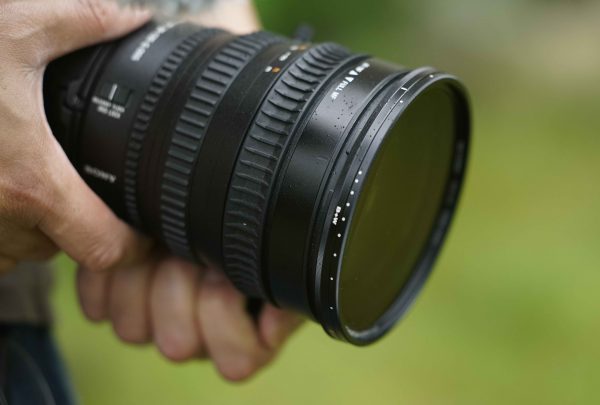
The first thing you notice when you pick the filter up is that build quality is very good. The filter has a nice weight to it and the rotating ring has hard stops at both ends of the range to prevent you going any further. The filter ring isn’t sloppy and has just enough resistance to stop it rotating unexpectedly between shots. It threaded onto the 28-135mm easily and I don’t think there is much danger of cross-threading. Included with the filter are a very nice push-on lens cap and soft case. When attached to the 28-135mm it looks ‘right’ to me – almost as though it was designed for it.
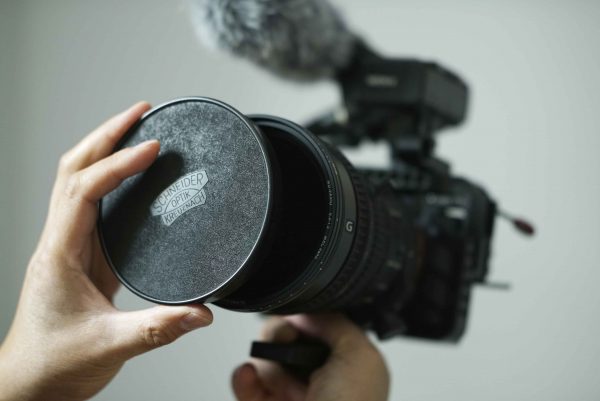
To start I shot some charts to see if there was a bad colour shift. Every variable ND filter I’ve tested shifts colours and the worst examples are truly horrid. As expected the Schneider does exhibit a slight shift towards green, but it is not too bad and I found it was easy enough to correct – at least for the kind of run-and-gun work I do. Unless I am shooting something colour critical I would be happy to use the Schneider. There is a slight loss of contrast too, again to be expected.
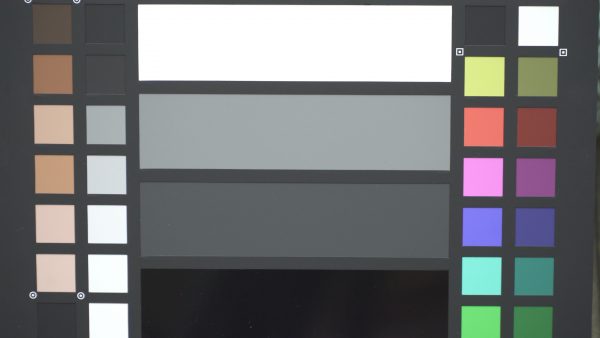
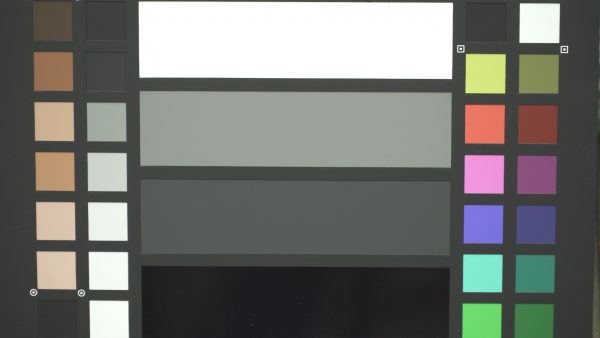
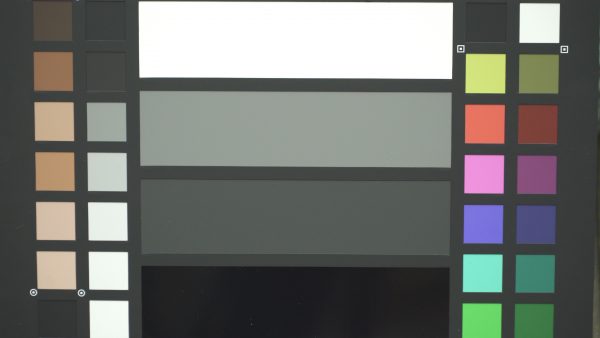
Resolution seems good and there isn’t a big softening that is sometimes seen from inferior filters. Of course at the price I would expect nothing less. Even at 135mm the filter and lens seem sharp.
I was able to confirm that the filter does indeed have a four stop range that starts at just over one stop and increases to a little over five stops. I routinely shoot in Cine gamma and not Log on my a7S II. That’s because much of the work I do with it is recorded direct to the SD card for fast turn around with minimal grading. Using Cine gamma means I can use much lower ISOs if needed. The Schneider ND Vario is well suited to working this way as I can get all the exposure variation I need by combining ISO adjustments with the filter’s ND range.
Shooting S-Log is a different story. To see if the filter would be strong enough ND to shoot S-Log I took the setup out for a walk on a bright sunny day. The video above was shot using S-Log 2 at base 1600 ISO (exposing to the right by about 1 stop). In most instances I was able to get an aperture of between f/4 and f/5.6 with the filter when using a 1/50th shutter speed. If it had been any brighter I would have struggled. To get a good exposure in very bright conditions you will have to close the iris down even more, or change to Cine or standard gammas and use a lower ISO. If you have an older a7S then exposure control in Log is going to be even harder with the higher 3200 base ISO.
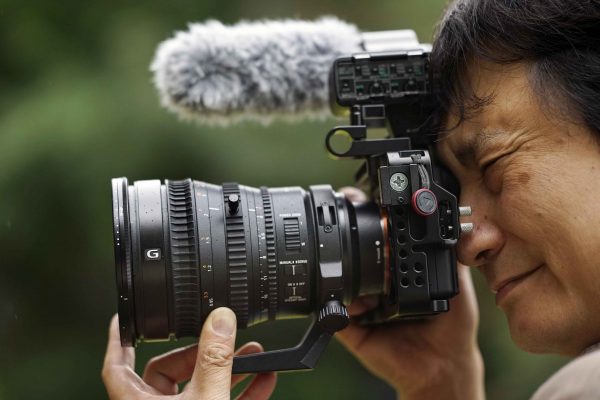
One thing that annoys me about using lens mounted variable ND filters it that you have to keep screwing them on and off when you go from indoors to out. With the Schneider I felt the results might be good enough to leave it on inside during a run-and-gun shoot and relying on the a7S II’s excellent low light capabilities, just gaining up an extra stop when necessary.
On the downside the filter prevents the use of the Sony lens hood on the lens. This would be the case with any variable ND as the hood only has clearance for a single thin filter. Without the hood the lens and filter are more susceptible to flare than I would like. It cropped up in several shots and I had to take care to shade the lens with my hands on occasion.
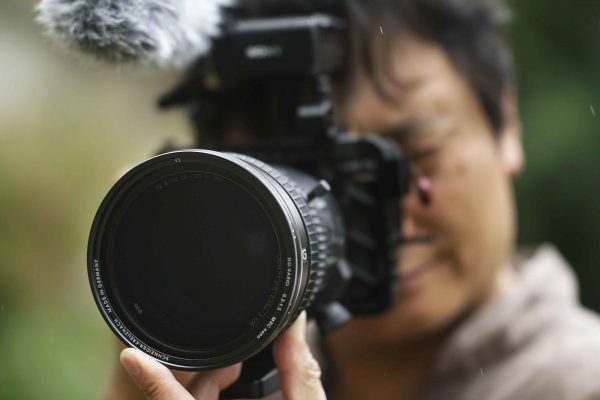
If you can live with the limited exposure range the results from the 95mm ND Vario 1-5 Stops MRC Nano filter are pretty impressive. If you shoot in standard gammas then it turns the 28-135mm f4 G into a true run-and-gun lens with the a7S II. Using S-Log is harder and in bright conditions it will require some compromise. Even so, if you want to use the a7S II and 28-135mm f4 G lens combination then currently the Schneider filter is about as good as it gets and I recommend it.



